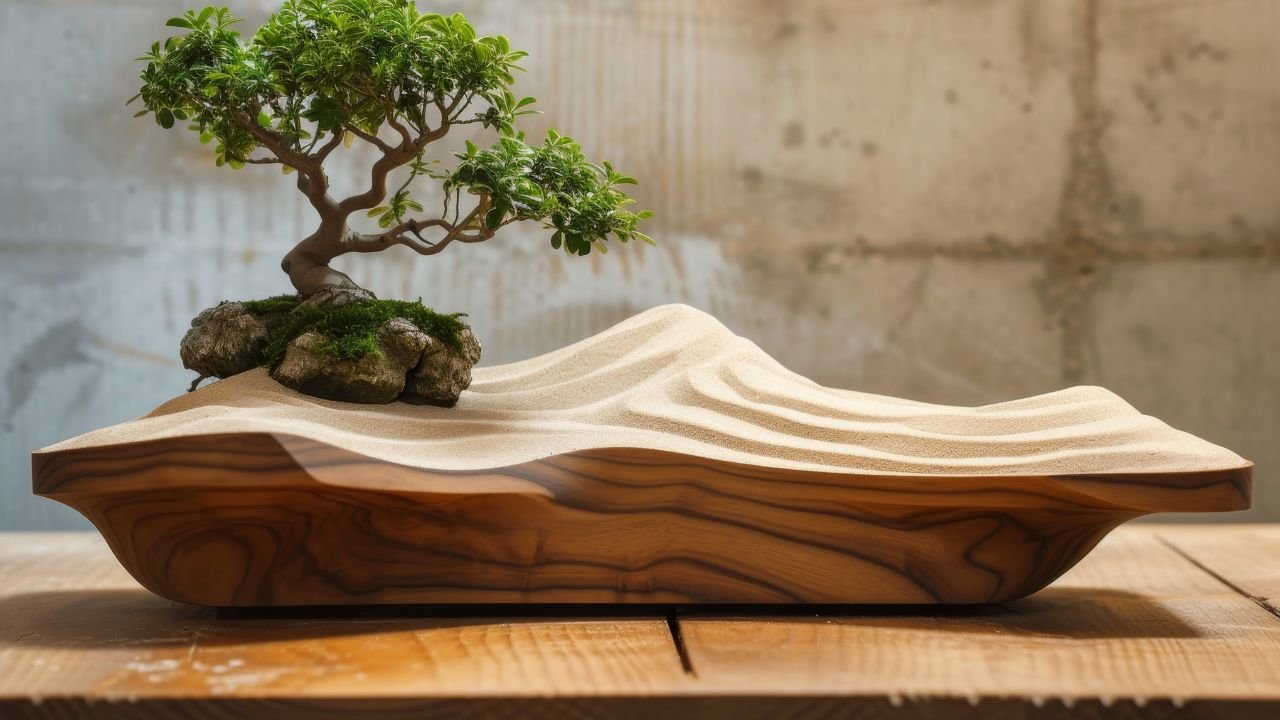Exploring the Best Driftwood for Your Aquarium: A Comprehensive Guide
Driftwood is a fantastic addition to any aquarium, providing a natural aesthetic that enhances your aquatic ecosystem. Driftwood can also release tannins, creating that signature brown or black water look that many aquarists love for its natural appearance. Those tannins are actually antimicrobial and can make your aquarium even healthier.
Main Benefits of Driftwood
Driftwood can also grow biofilms, providing a food source for fish, shrimp, and snails. It actually becomes a food source, and for some plecos, they actually require wood in their diet.
Another nice thing about driftwood is if you have an aquarium with low carbonate hardness (KH), sometimes driftwood can be used to lower the pH of your environment.
- Beginner Aquarium Guide
- Guide to Guppy Care and Breeding
- Ultimate Guide to Congo Tetra Care
- Harlequin Rasbora Care
- Fish Tank Lighting and Fish Behavior
Malaysian Driftwood
The first type of driftwood, and one I think is most common, is Malaysian driftwood. This is a medium-sized piece you see here. Usually, they look a lot like this, though sometimes they are a little thicker.
Malaysian driftwood is probably the most common you’ll find in the aquarium hobby. There are some advantages to it:
- It is common.
- It’s one of the least costly driftwoods we’ll talk about today.
They also come in large pieces, so if you have a very large aquarium, Malaysian driftwood might be for you since it can fill up space very quickly.
Another good thing is that Malaysian driftwood tends to waterlog and sink faster compared to many other types. However, when first placed in the tank, it may float, so soaking it for a while or boiling it (especially for smaller pieces) will help it sink faster.

Disadvantages of Malaysian Driftwood
One downside is that Malaysian driftwood is softer and breaks down more quickly in aquariums. It also releases more tannins than most other driftwoods, so if you don’t like the brown tea-colored water, this might not be the best choice. Additionally, it tends to grow a white film after a few days, though this usually goes away quickly.
Mopani Driftwood
If you find Malaysian driftwood OK but want something more visually interesting, check out Mopani driftwood. This is another common type, known for its fascinating shapes and varied shades of wood.
However, Mopani driftwood can also appear chunky. In terms of price, Mopani is typically a bit more expensive than Malaysian driftwood.
While it releases tannins, the amount is not as excessive as Malaysian driftwood. Mopani also has a harder texture, so it doesn’t break down as fast.

Manzanita Wood
Next up is Manzanita wood. This wood is thinner, spikier, and branchy-looking, which provides a lot of visual interest without being chunky. It also tends to darken once placed in the water.
However, it floats much more than Malaysian or Mopani driftwood, so you’ll need to soak it or tie it down with rocks to keep it submerged.
Spider Wood
Spider wood is one of my favorites because of its interesting shapes. The long parts and thicker regions create great contrast. It’s a lighter-colored wood that will darken in the aquarium.
Like the other types, it will grow that white film, but it’s not as extreme as with some others. It also doesn’t release many tannins, so your water won’t turn brown as easily.
Be mindful of sharp edges, especially if you have fast-moving or long-finned fish.
Ghost Wood
Ghost wood is another visually interesting choice, especially for larger aquariums. It combines the bulkiness of Malaysian and Mopani driftwood with the branching patterns of Manzanita and Spider wood.
Ghost wood releases fewer tannins, making it ideal for minimizing water discoloration. However, it tends to float, so it’s important to weigh it down or glue it to rocks.

Bonsai Wood
This is a very cool-looking wood, but it’s also one of the most expensive. A piece like this can cost $30 or more. While it has a great visual appeal, it is more suitable for smaller tanks (3-10 gallons) or as an accent piece in larger tanks.
It doesn’t release a lot of tannins, but it does have sharp edges, so be cautious with fast-moving or long-finned fish.
Cholla Wood
Cholla wood is often used as an accent piece rather than a centerpiece. It has holes that are perfect for shrimp to hide in and for biofilms to grow, providing a food source for shrimp and snails.
However, it floats easily and breaks down faster than other woods, so it may not last as long in your tank.
Grapevine
Lastly, Grapevine is not recommended for aquariums. While it has an interesting appearance, it releases excessive organic compounds into the water, which can cause water quality issues and stress your fish.
Conclusion
With so many types of driftwood available, each offering unique pros and cons, these are the most popular options for your aquarium. I’d love to hear from you in the comments section below: What are your favorite types of driftwood?

